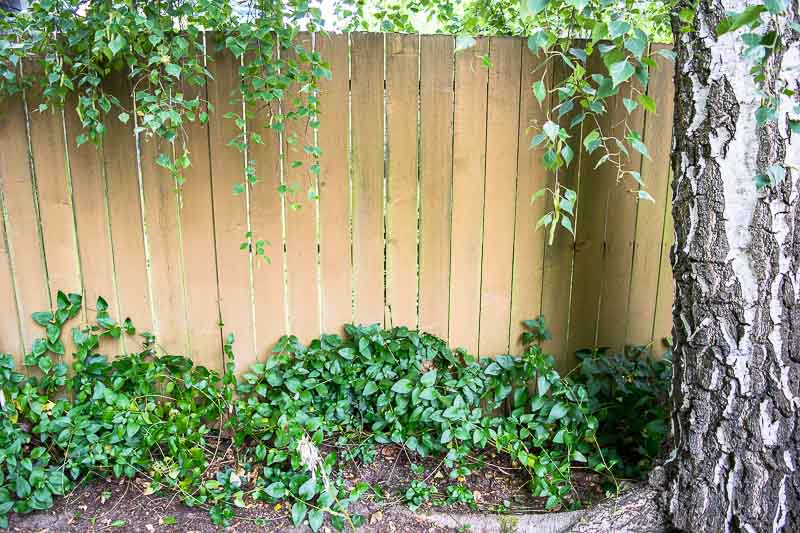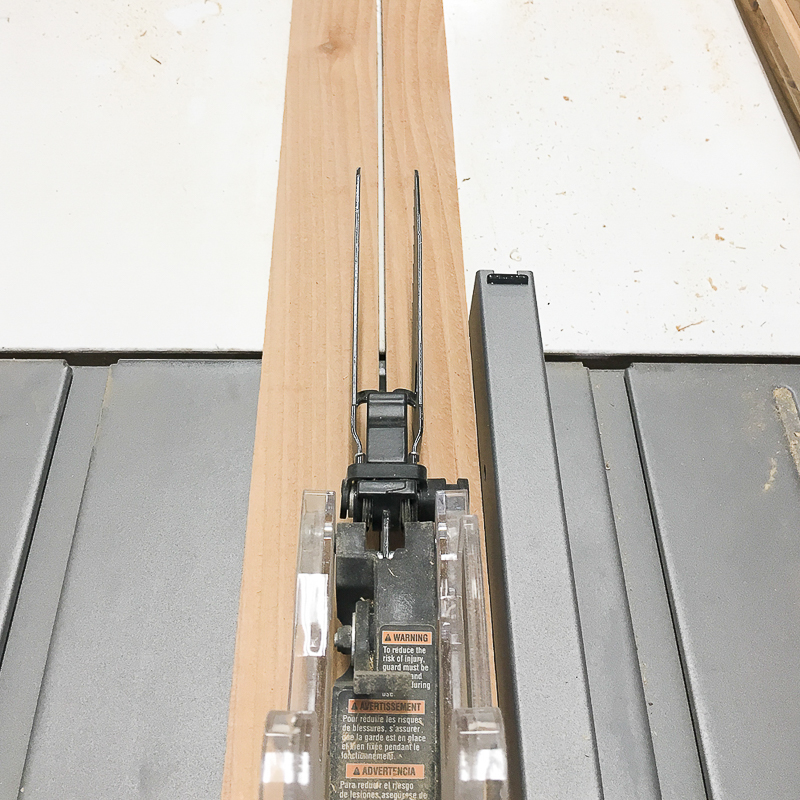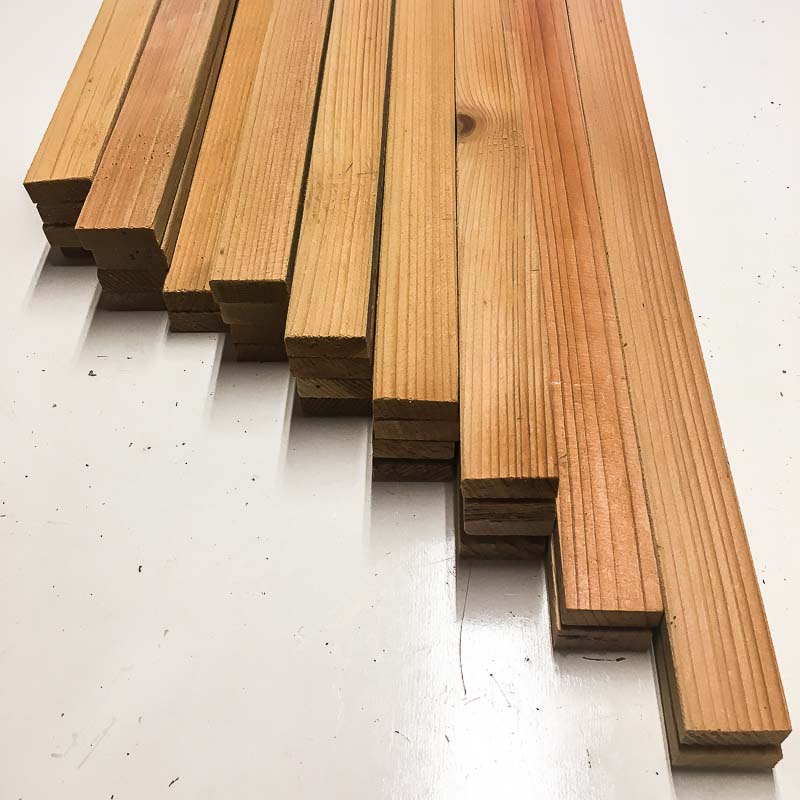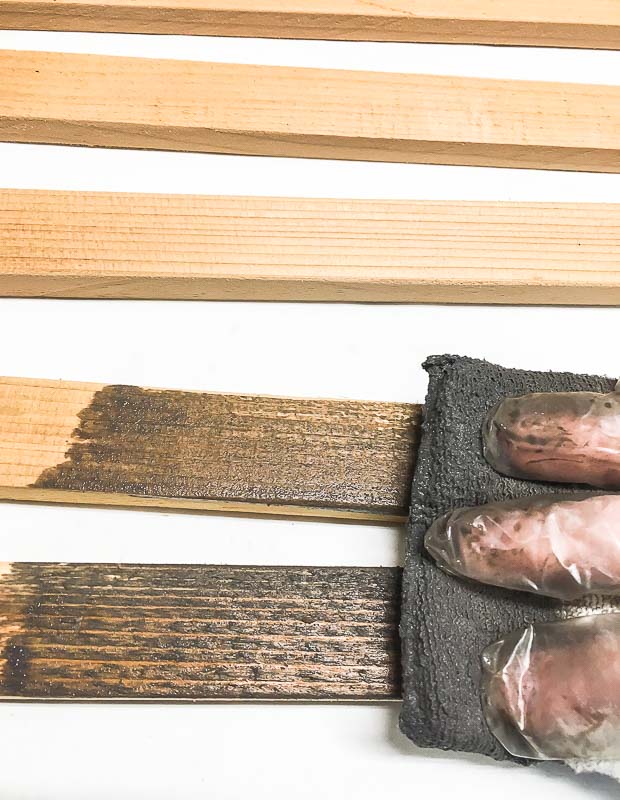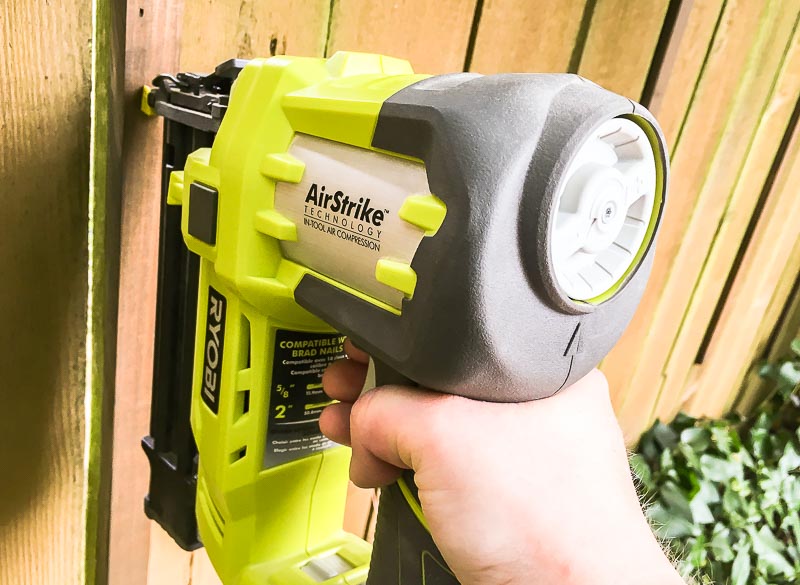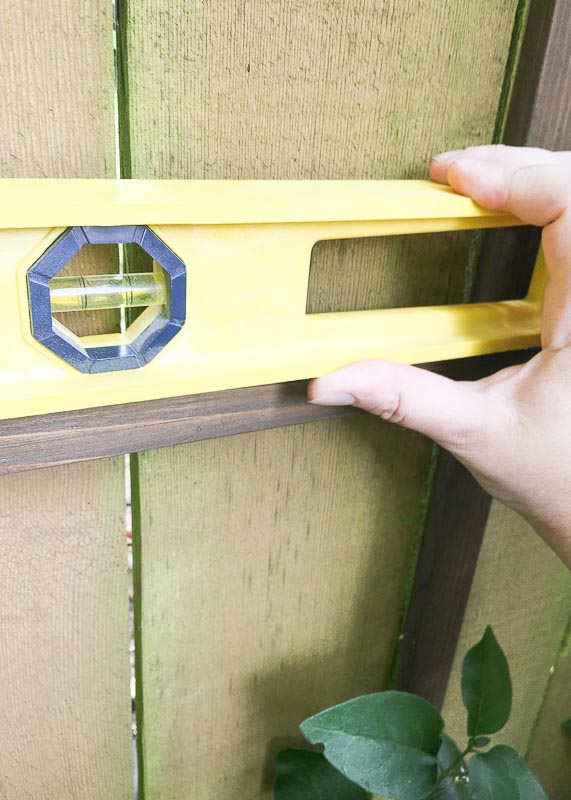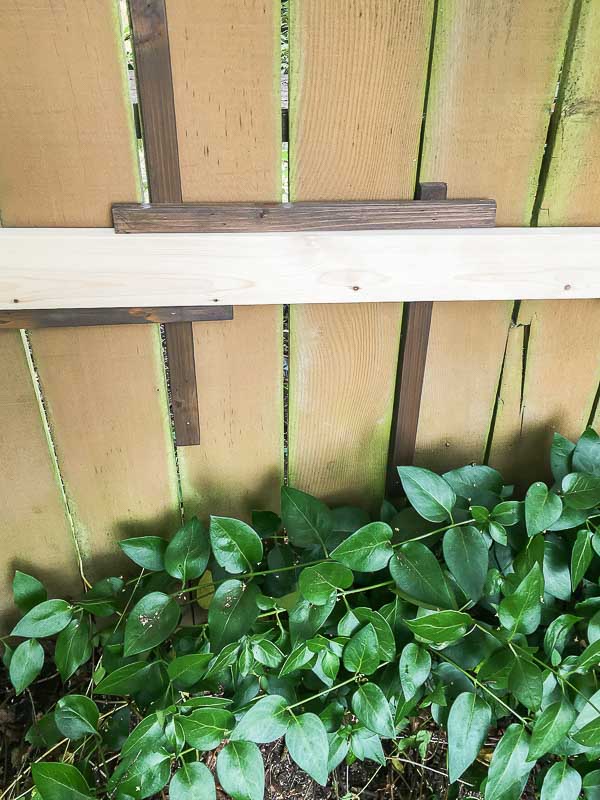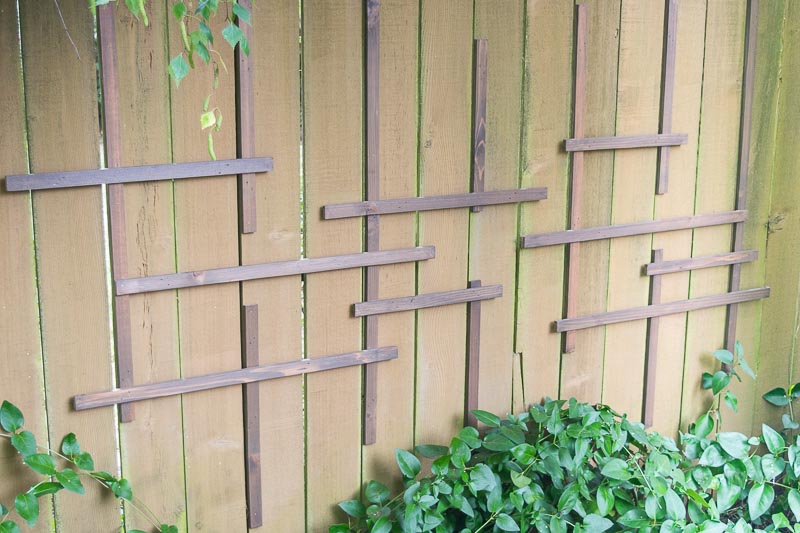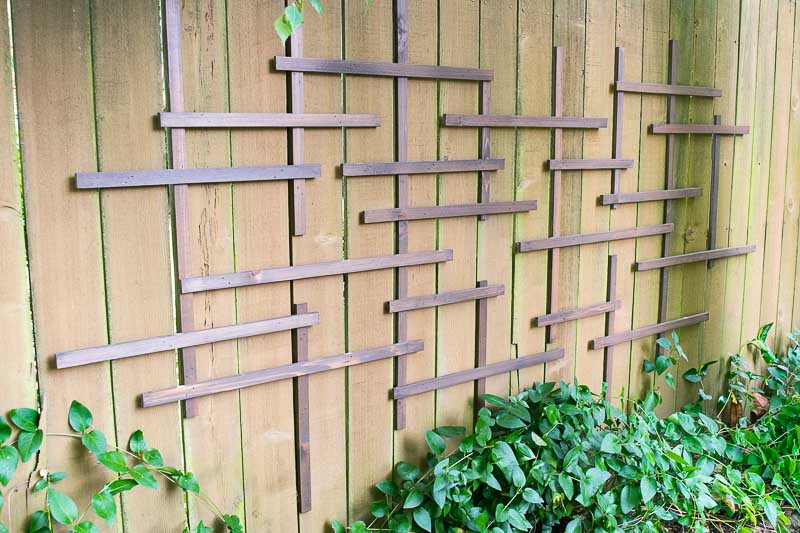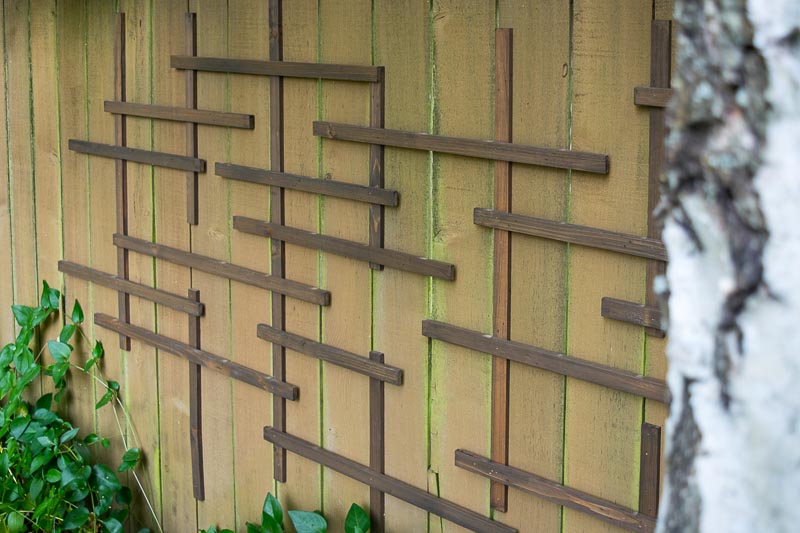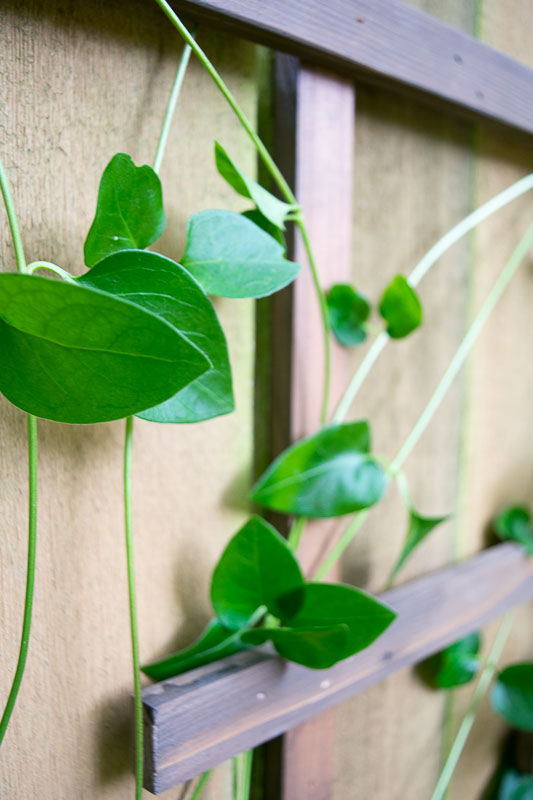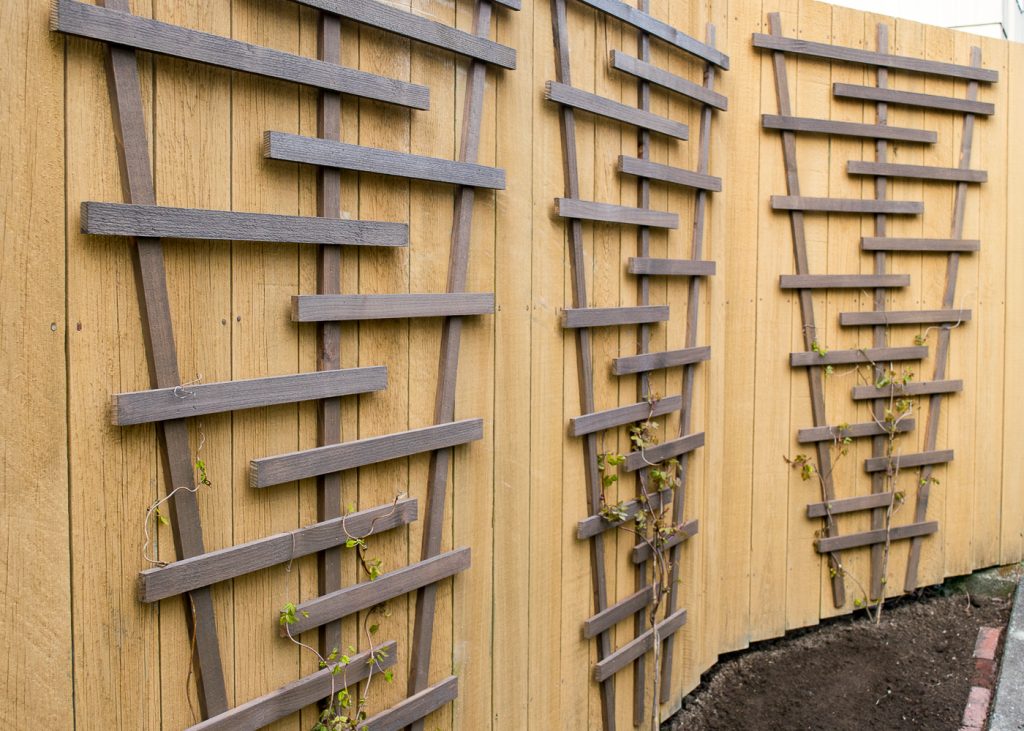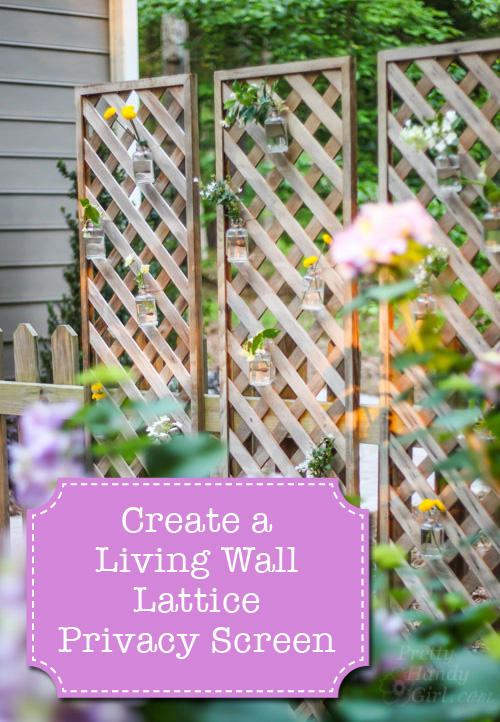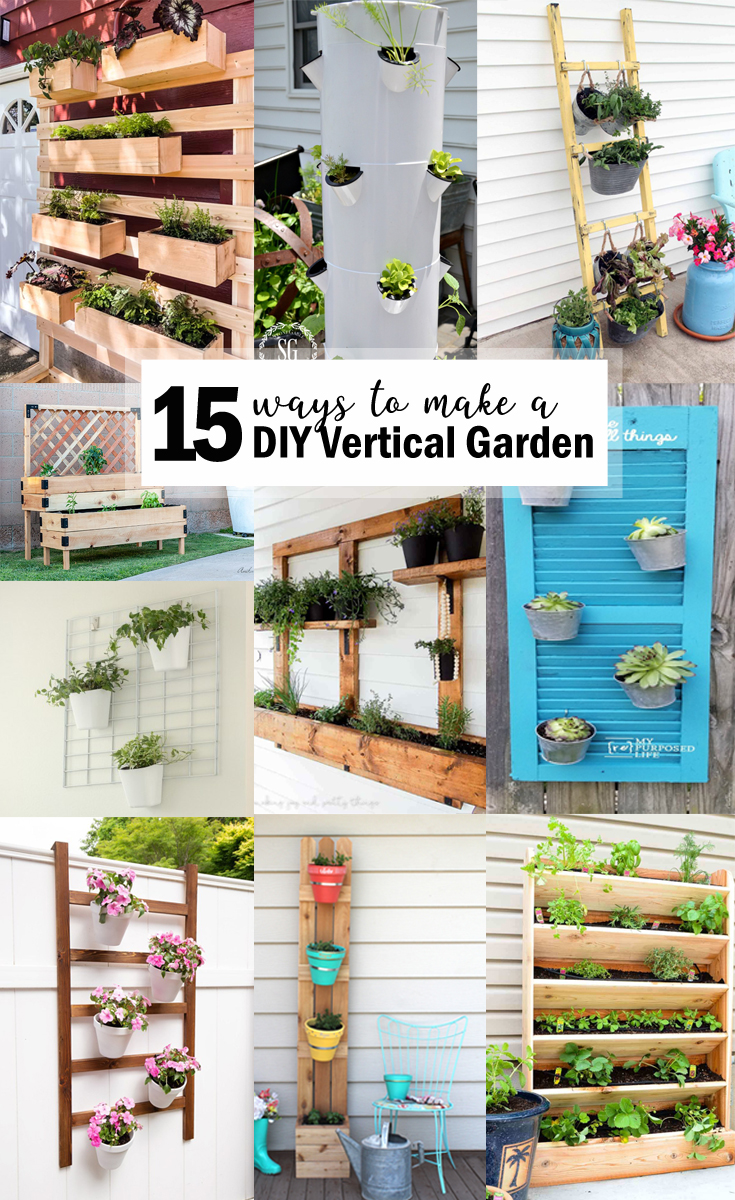 A vertical garden can be a perfect solution for a small porch, apartment, or any other space-limited space that needs a little sprucing up. You can build one to plant herbs, succulents, flowers or whatever else you want to use to bring a little greenery to your space. And if you create one indoors you can enjoy your garden year round! Here are 15 Easy Ways to Make a Vertical Garden to inspire you and give you ideas on how to can customize the perfect vertical garden for your home.
A vertical garden can be a perfect solution for a small porch, apartment, or any other space-limited space that needs a little sprucing up. You can build one to plant herbs, succulents, flowers or whatever else you want to use to bring a little greenery to your space. And if you create one indoors you can enjoy your garden year round! Here are 15 Easy Ways to Make a Vertical Garden to inspire you and give you ideas on how to can customize the perfect vertical garden for your home.
Build a large vertical garden for herbs and plants that includes a drip watering system.
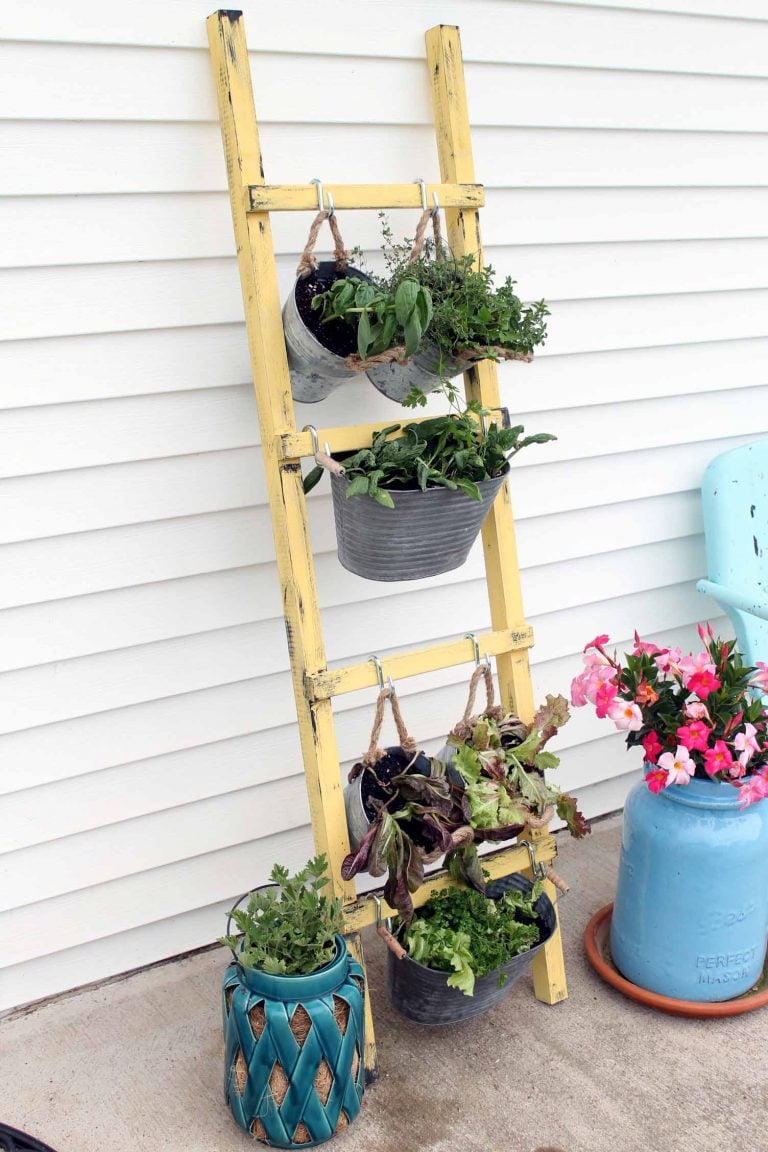 Repurpose an old ladder an some galvanized buckets to create this rustic vertical garden.
Repurpose an old ladder an some galvanized buckets to create this rustic vertical garden.
Give your garden some modern style by creating this unique DIY Tower Garden.
 Repurpose an old shutter then add hooks and small buckets to create this whimsical vertical garden for succulents.
Repurpose an old shutter then add hooks and small buckets to create this whimsical vertical garden for succulents.
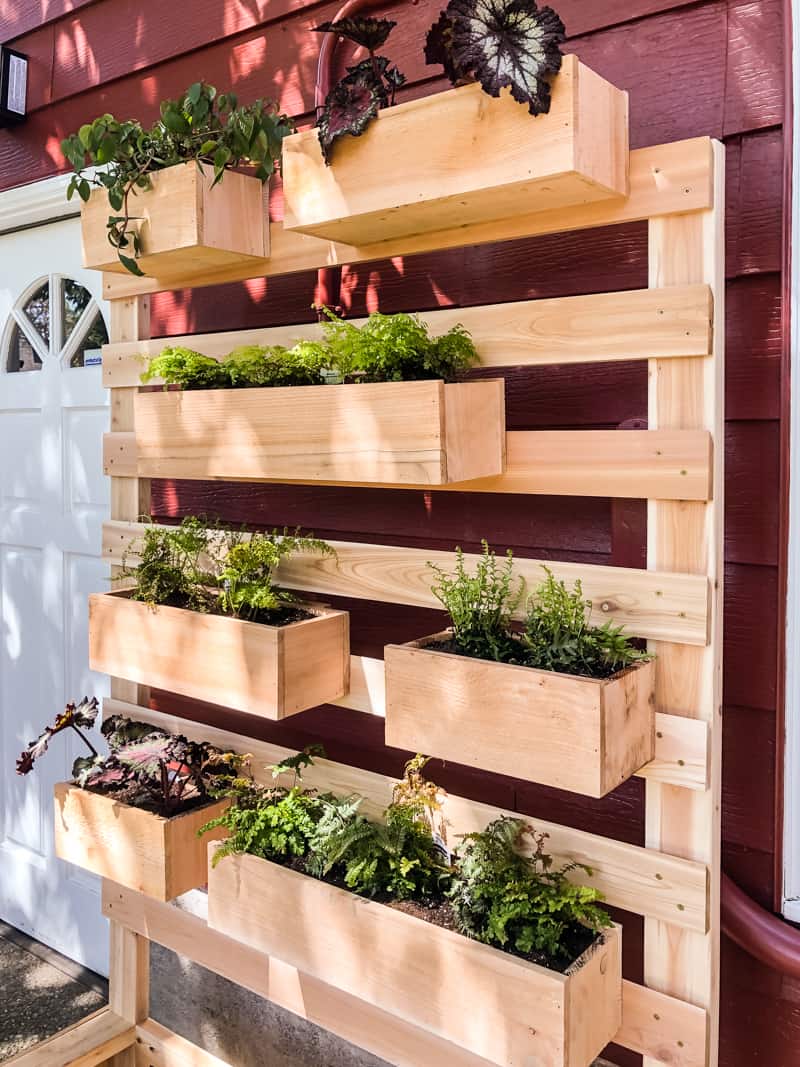 Build this amazing DIY Vertical Garden Wall Planter using cedar boards and french cleats.
Build this amazing DIY Vertical Garden Wall Planter using cedar boards and french cleats.
 Old wire shelving is the perfect material to repurpose to make this modern DIY Living Wall Planter.
Old wire shelving is the perfect material to repurpose to make this modern DIY Living Wall Planter.
Use some boards and metal brackets to create this amazing rustic Vertical Herb Garden Planter.
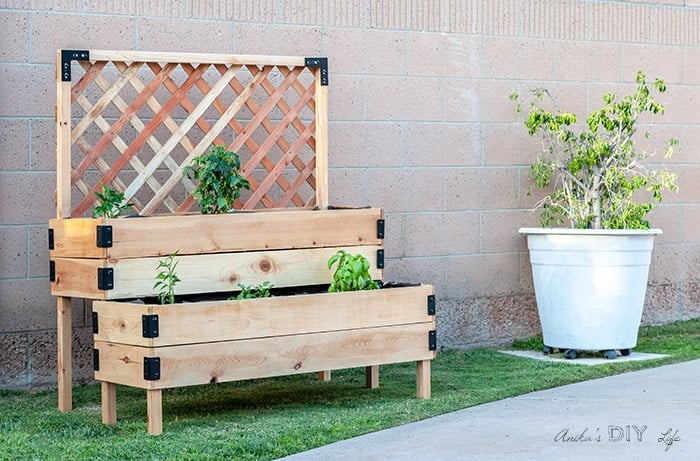 With lumber, lattice and corner braces you can make this beautiful DIY Tiered Garden Bed.
With lumber, lattice and corner braces you can make this beautiful DIY Tiered Garden Bed.
Make a chic DIY Vertical Plant Hanger with a board and some terra cotta plants.
Make a Custom Potted Hanging Herb Garden for any room of your house.
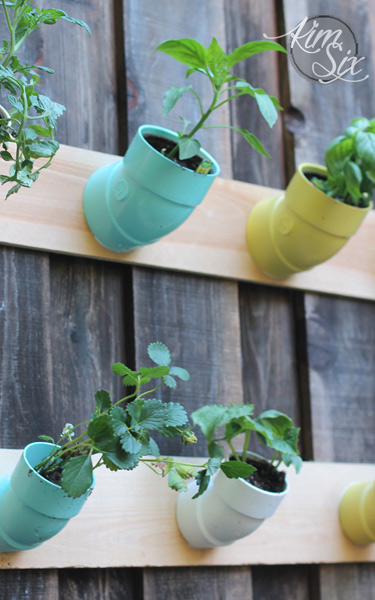 Create this unique colorful vertical garden using PVC pipes.
Create this unique colorful vertical garden using PVC pipes.
 Build this rustic DIY Wooden Hanging Planter to hold any number of plants or succulents.
Build this rustic DIY Wooden Hanging Planter to hold any number of plants or succulents.
Make this simple and pretty DIY Wall Planter Ladder and add gorgeous flowers to any fence.
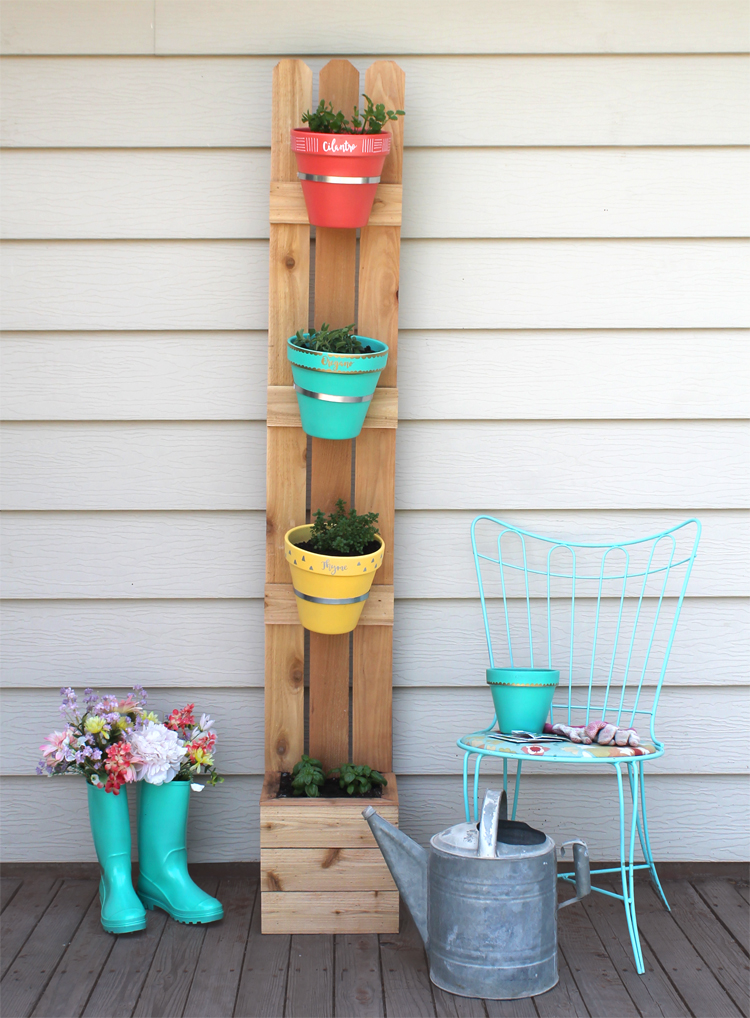
Build this tall and skinny DIY Vertical Planter with a strong base and fun, colorful pots.
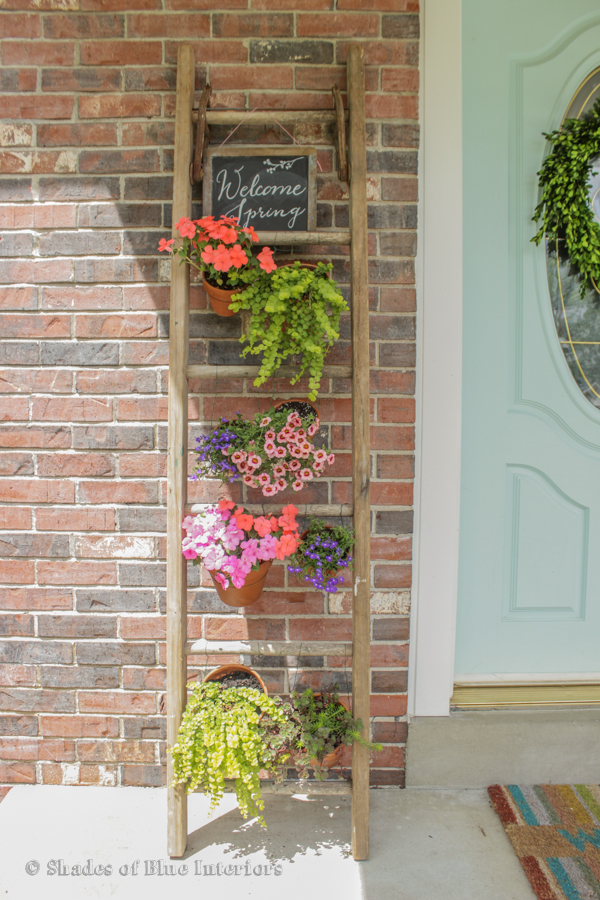 Use a rustic old ladder and make this lovely DIY Vertical Ladder Flower Garden.
Use a rustic old ladder and make this lovely DIY Vertical Ladder Flower Garden.
I hope you loved these ideas and found inspiration on how you can create something similar for your home. Comment and let me know what you think! Which is your favorite?
![]()

When not working on projects, I enjoy spending time with my husband, four children, perfect dog, and ornery cat. You can find me on Facebook, Pinterest, Instagram and Twitter.
Read all of Sheri’s tutorials.

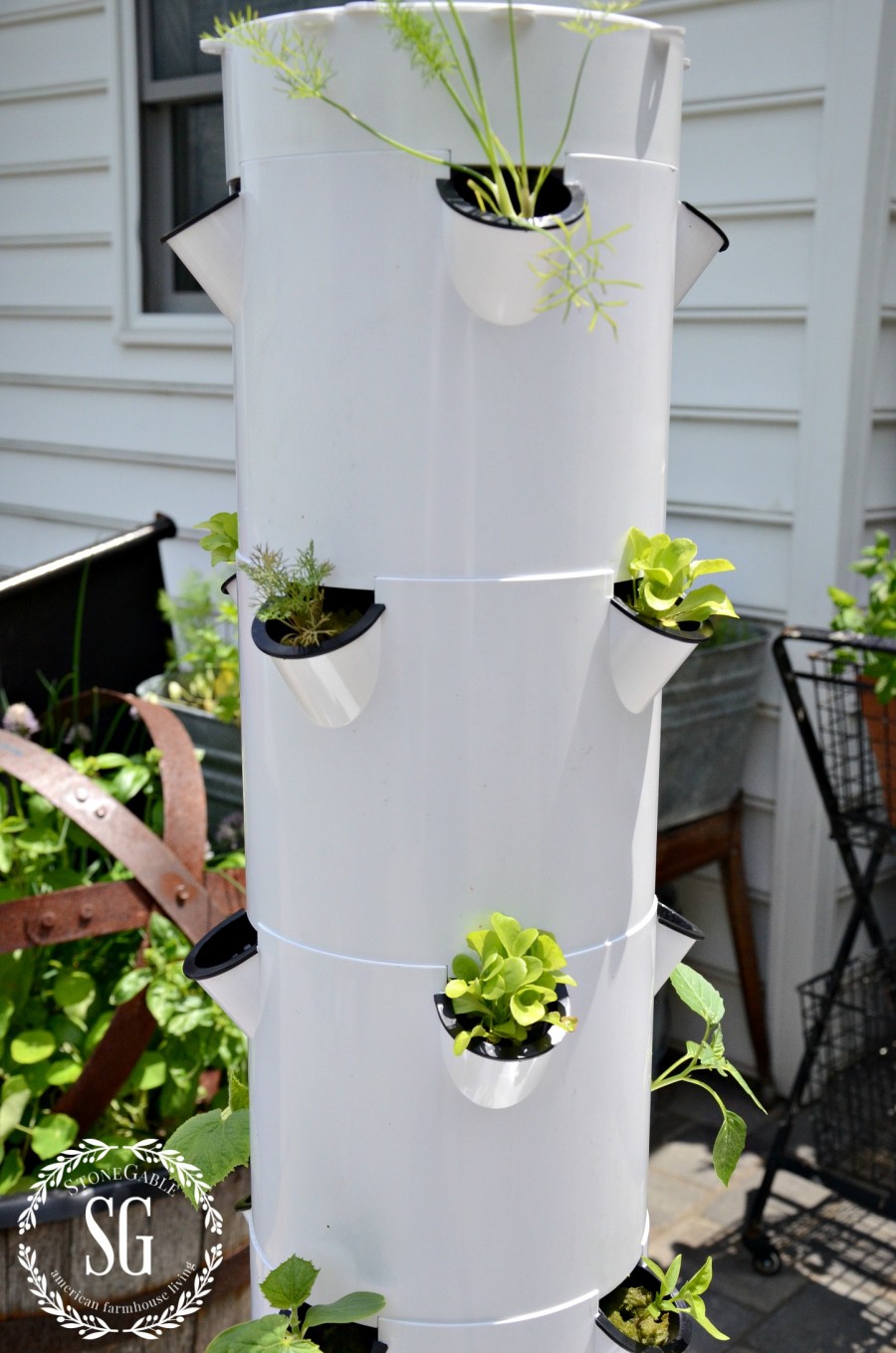

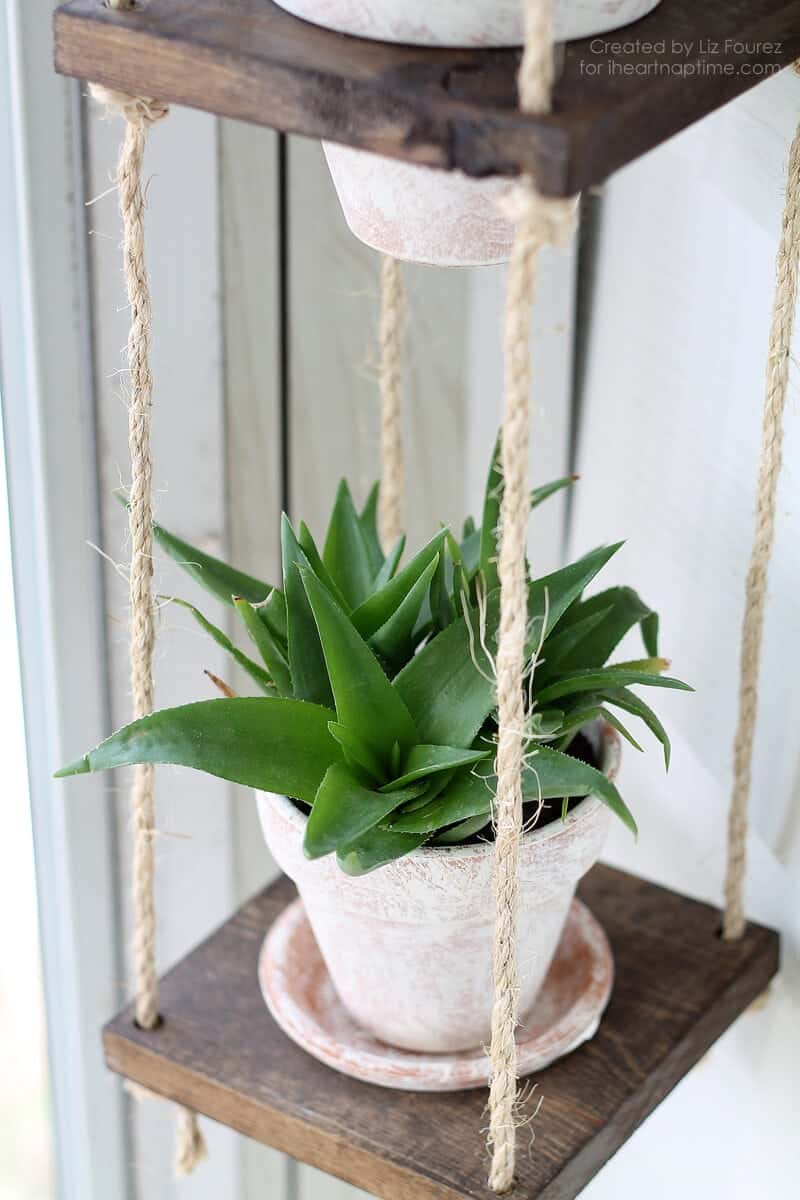


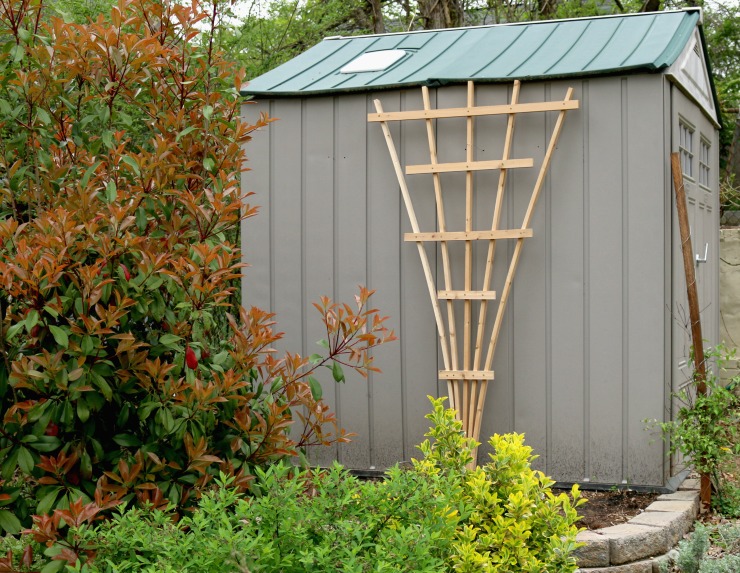
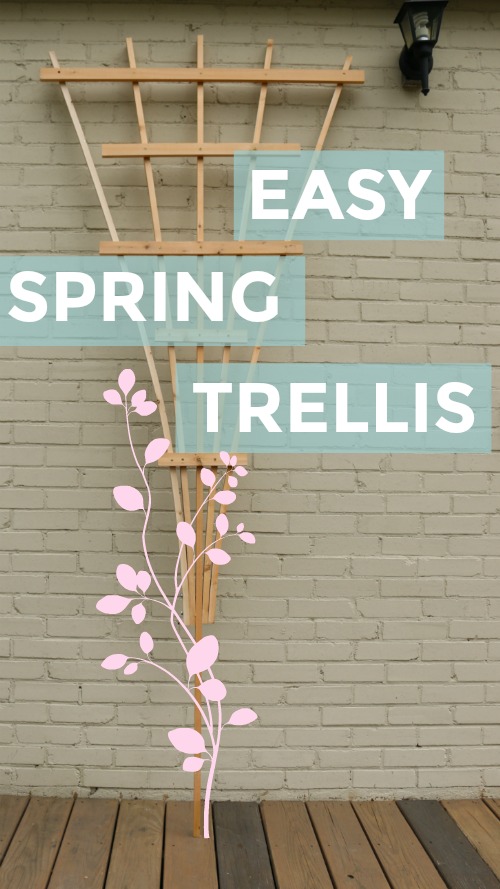
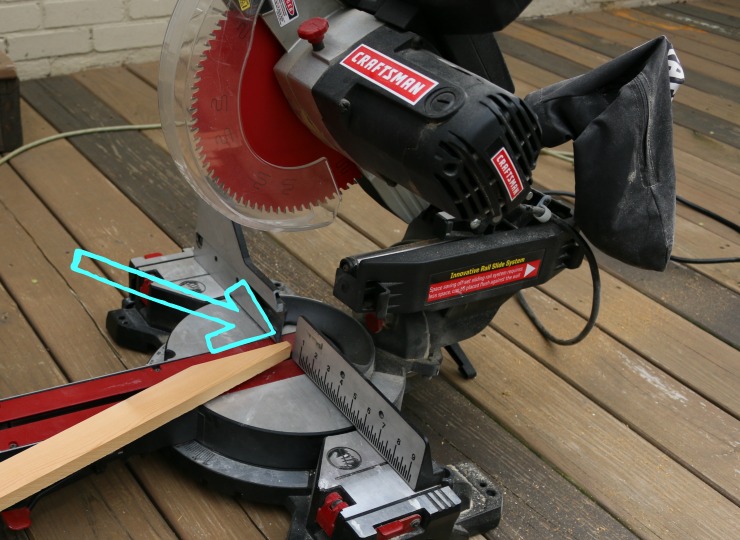
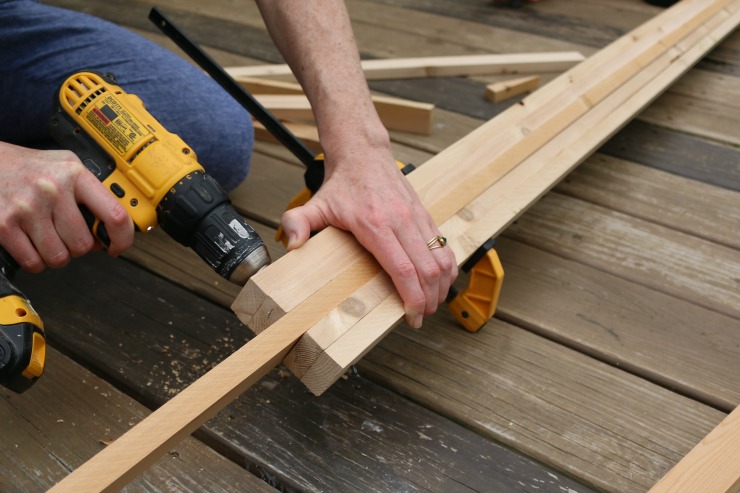
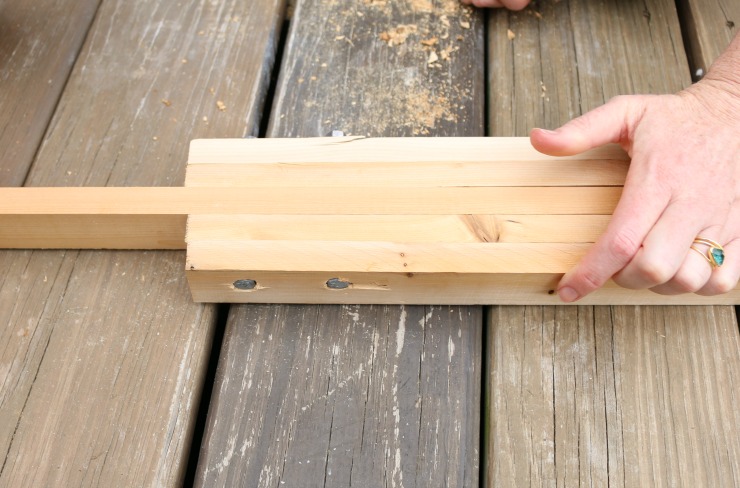
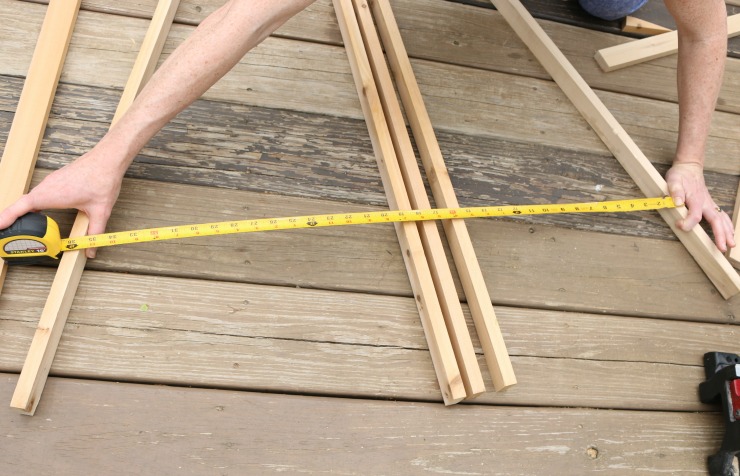
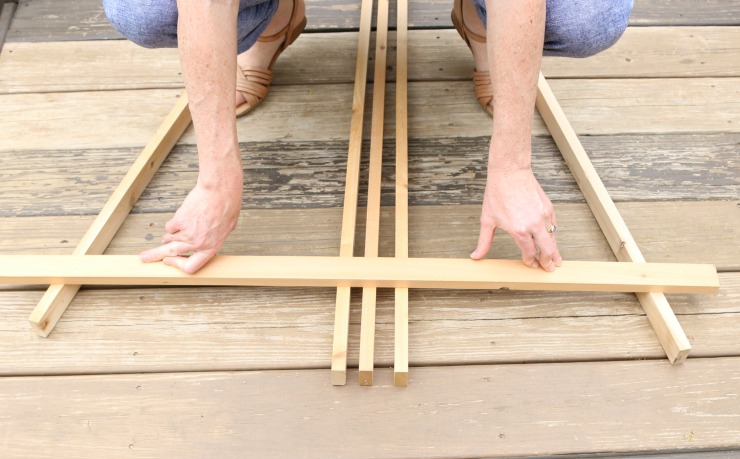
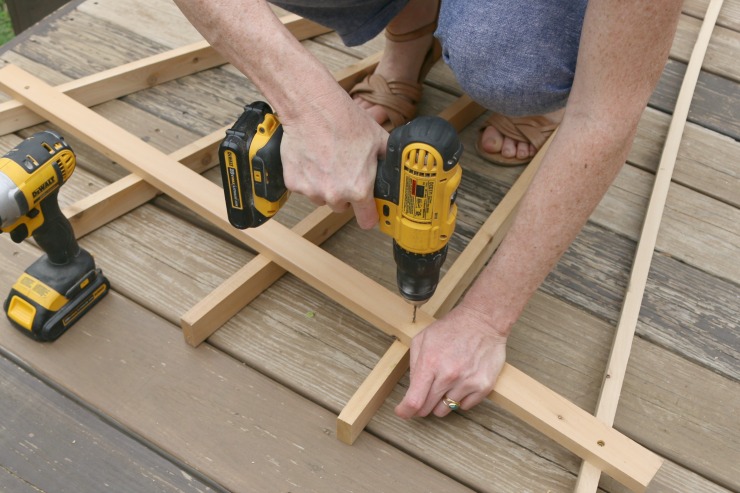
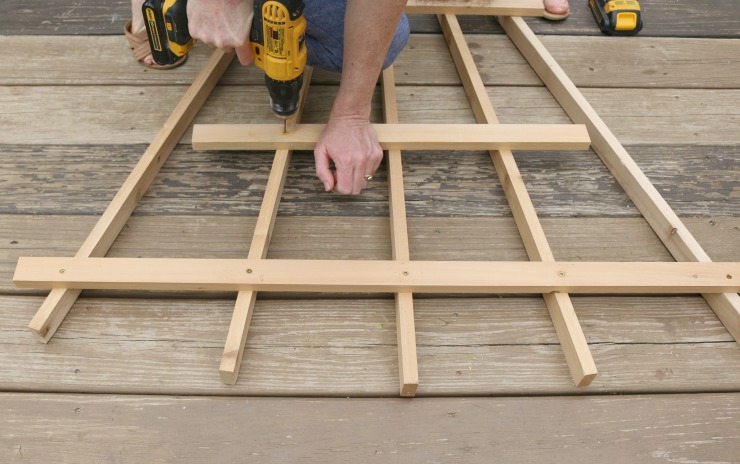

 Hi! I’m Lara, the creator of
Hi! I’m Lara, the creator of 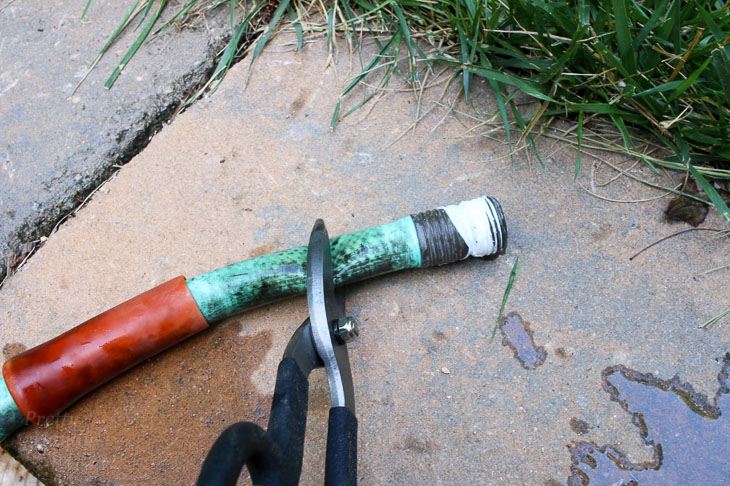
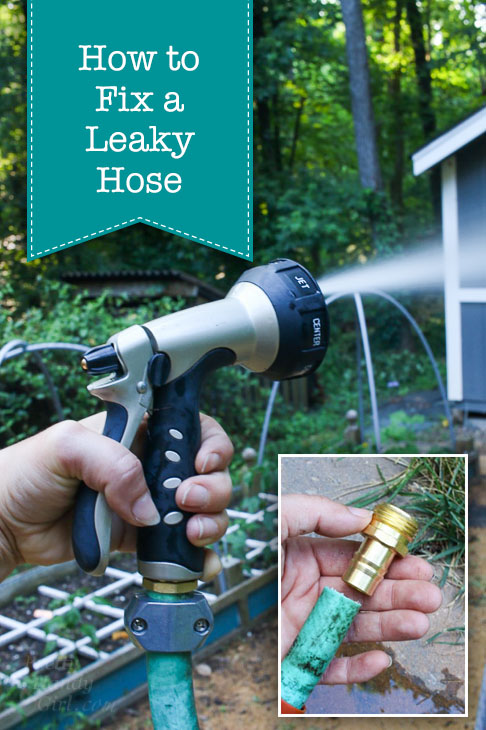 How to Easily Fix a Leaky Hose
How to Easily Fix a Leaky Hose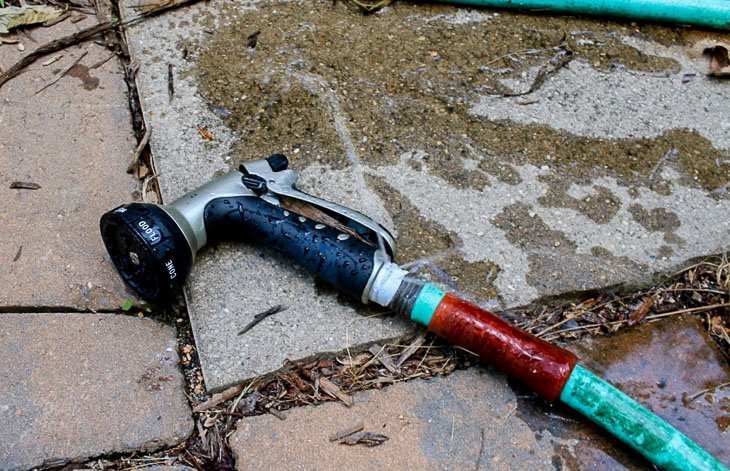
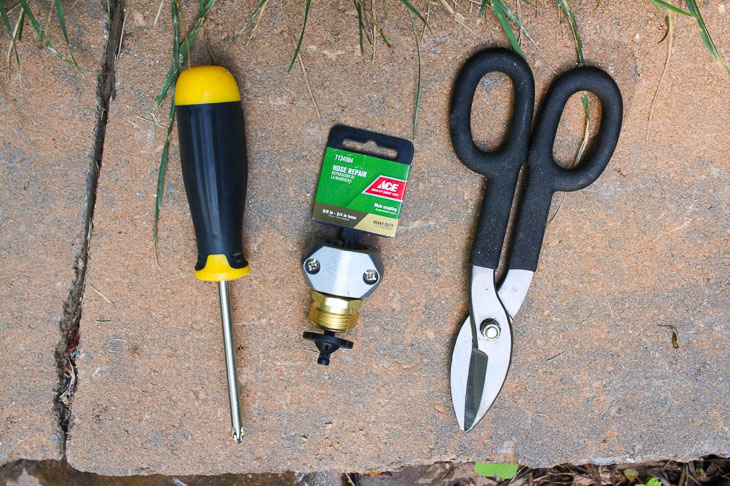
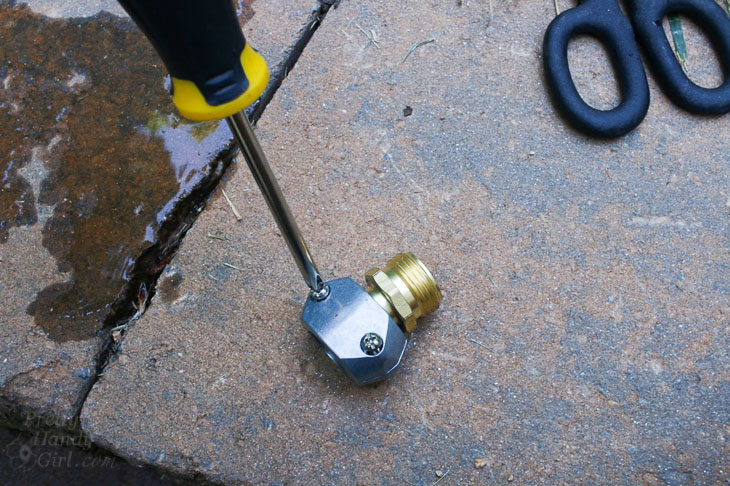
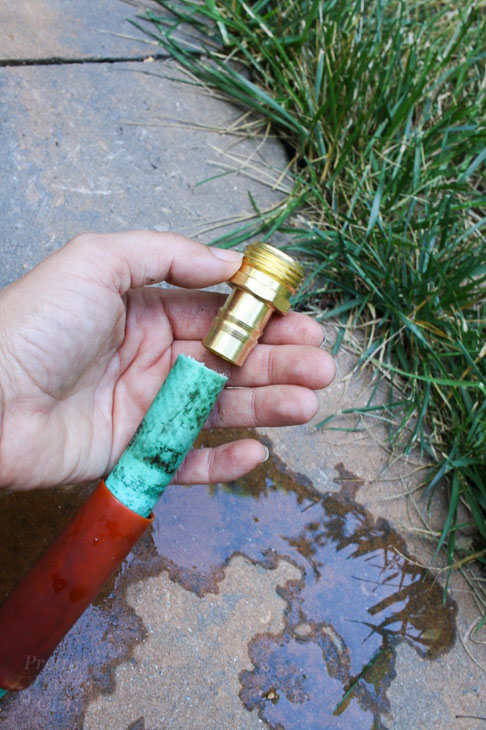
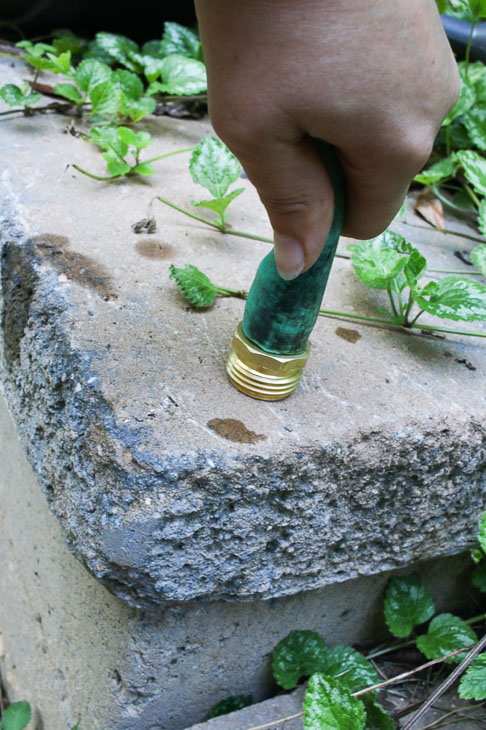
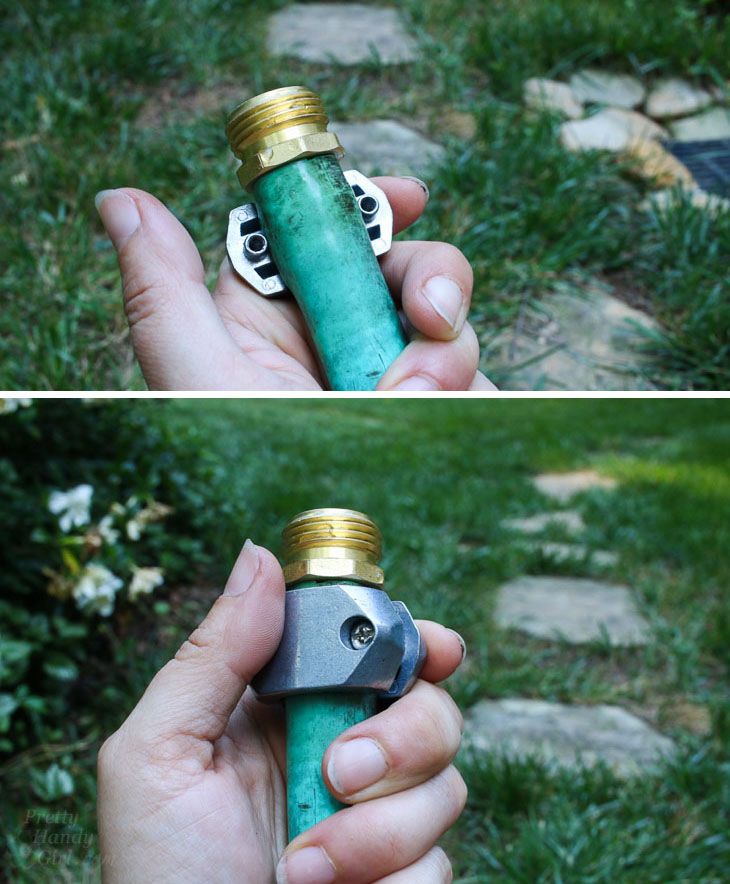
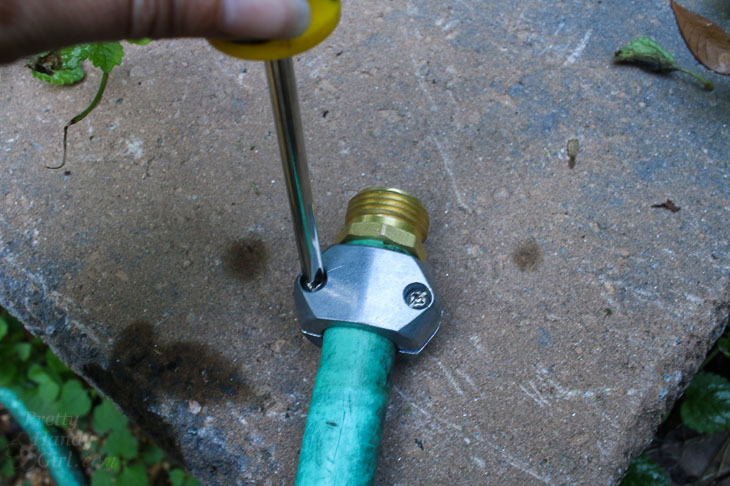
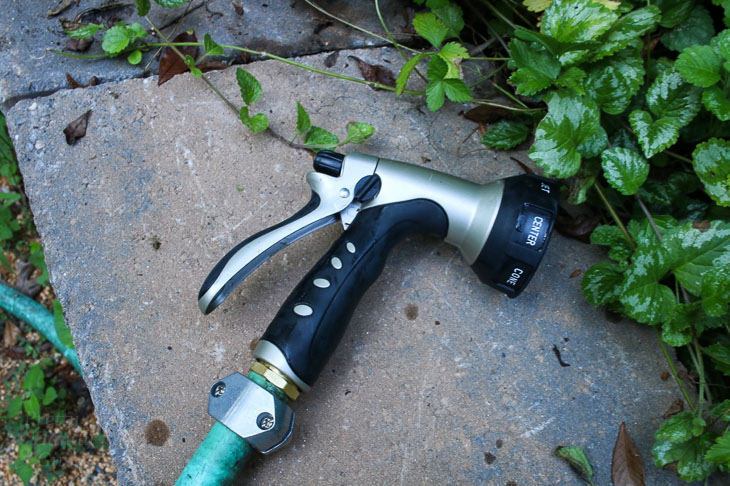
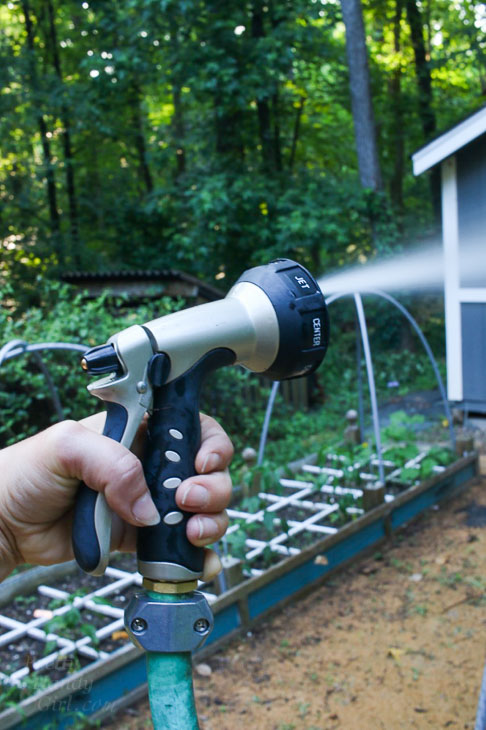

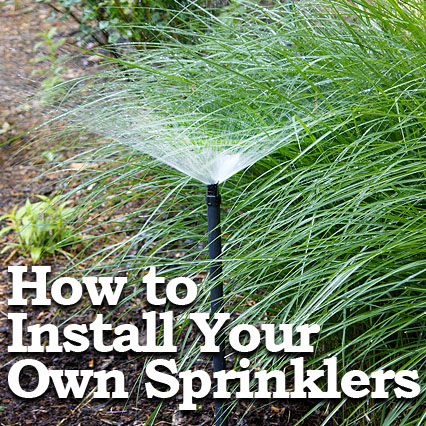
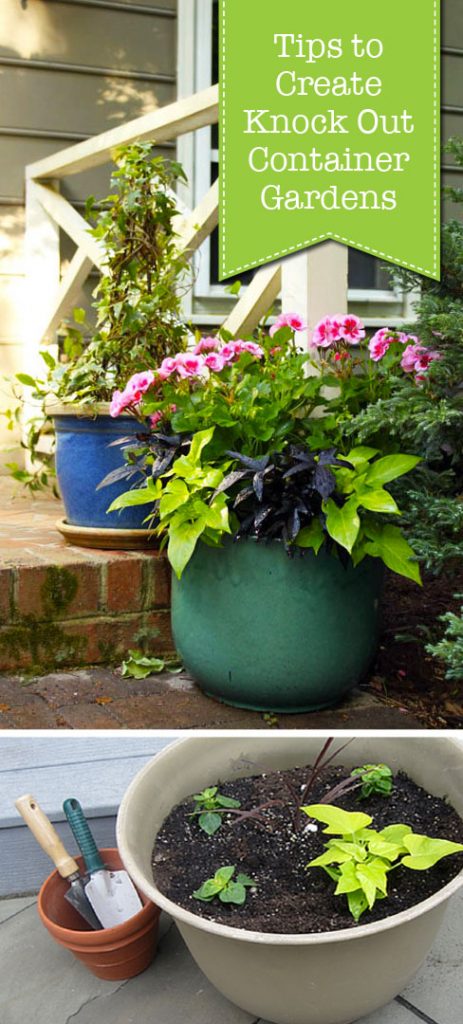
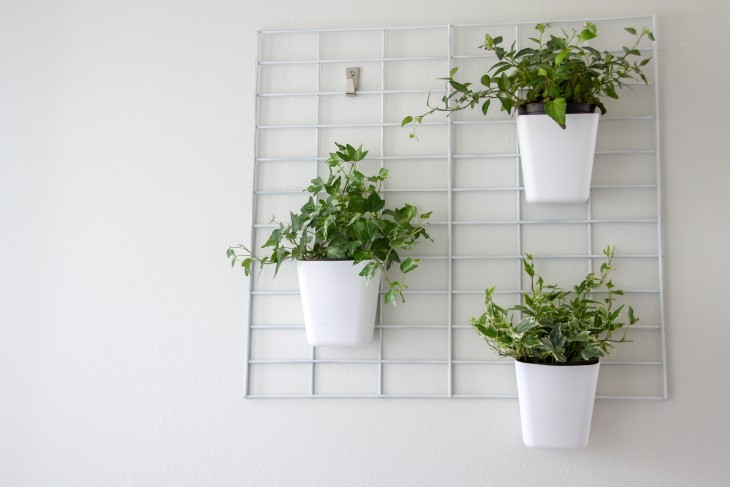
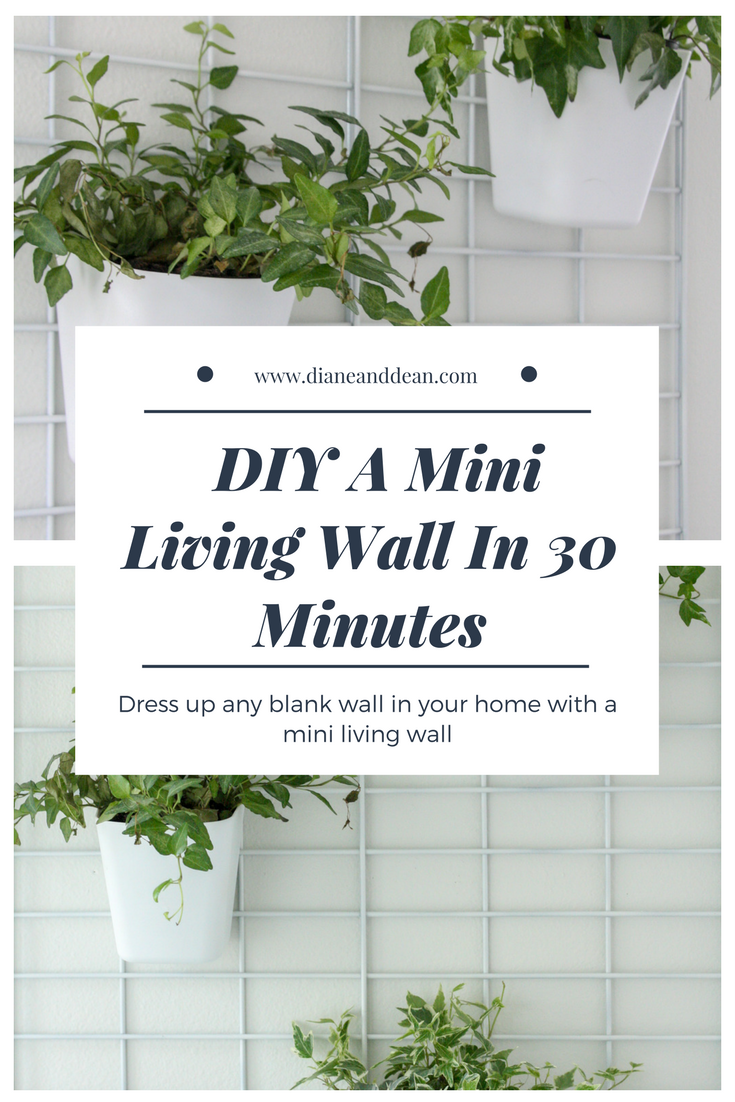
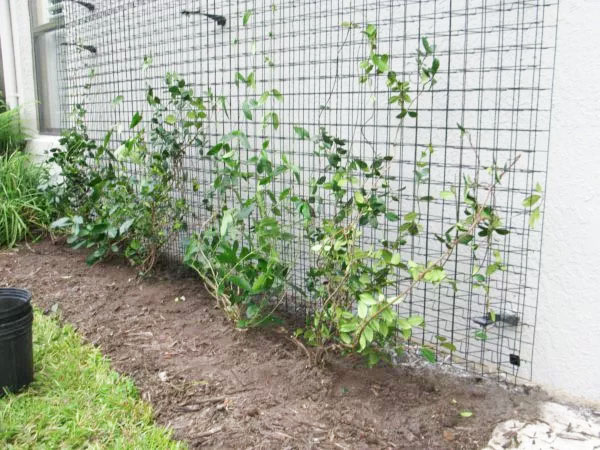
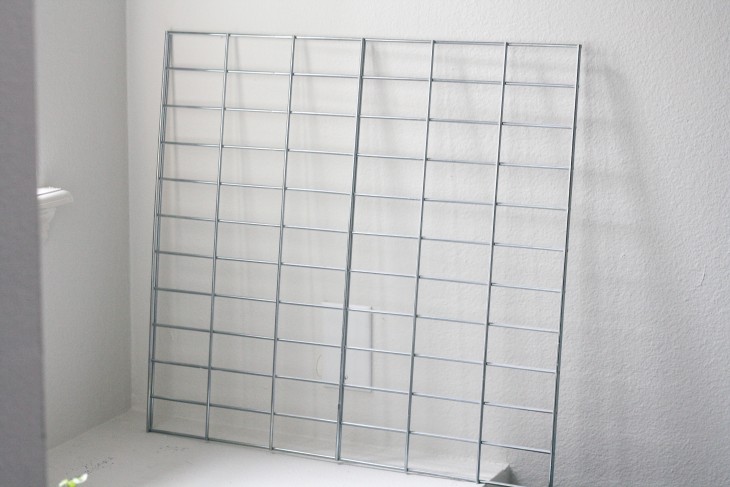
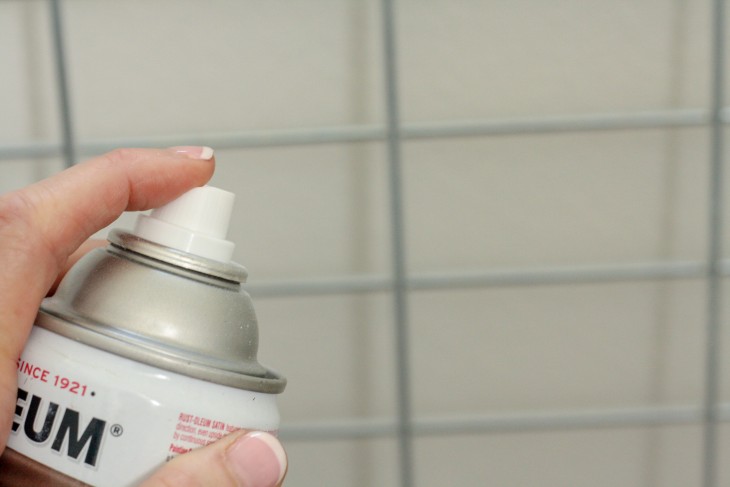
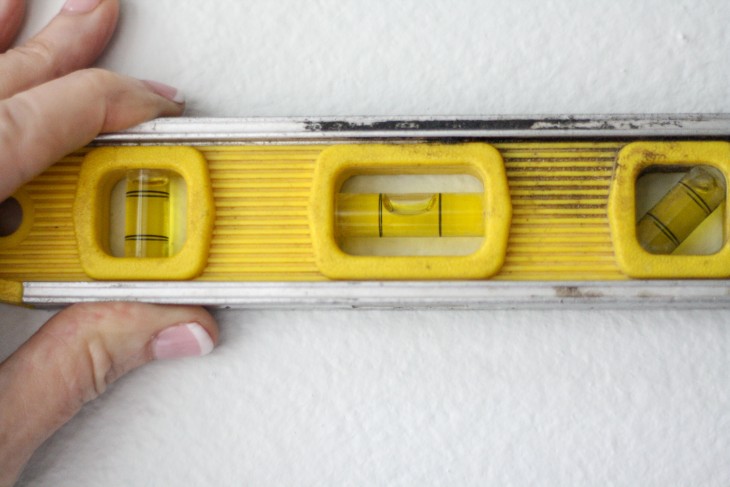
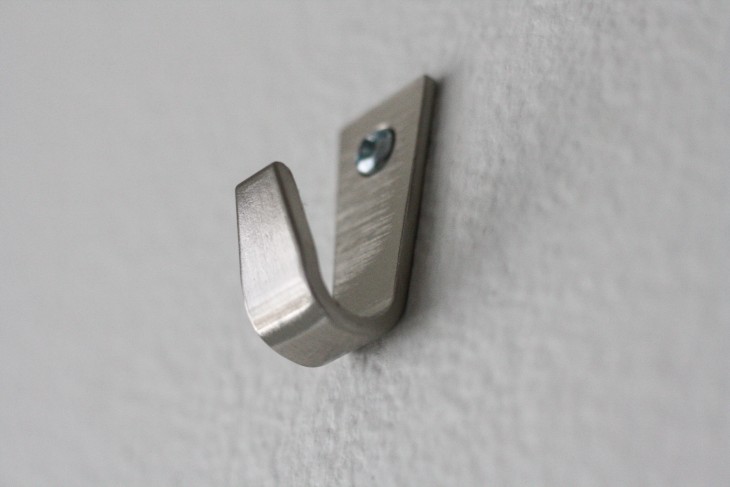
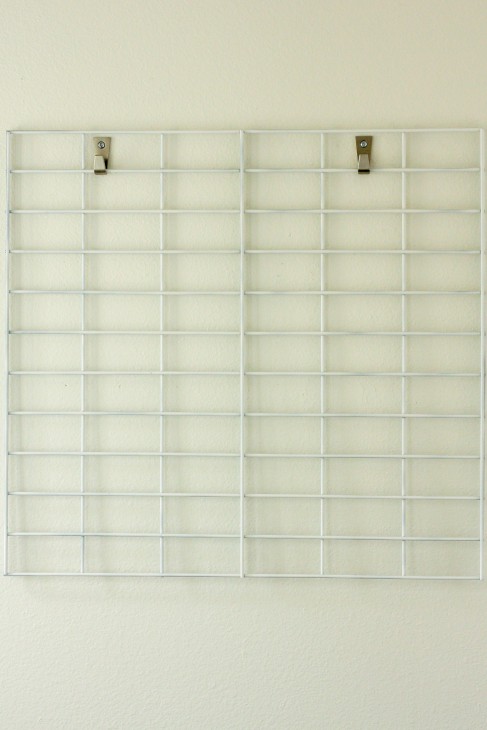

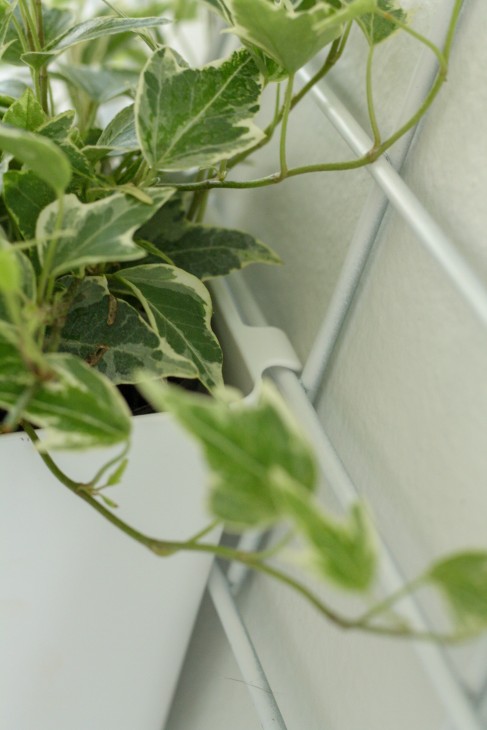
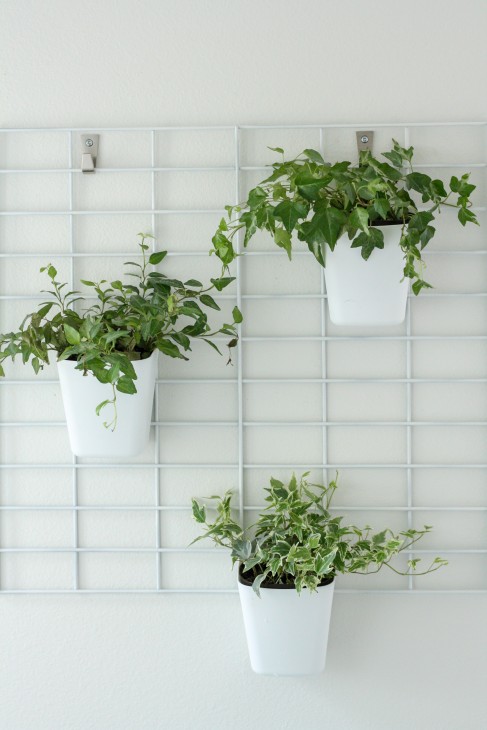
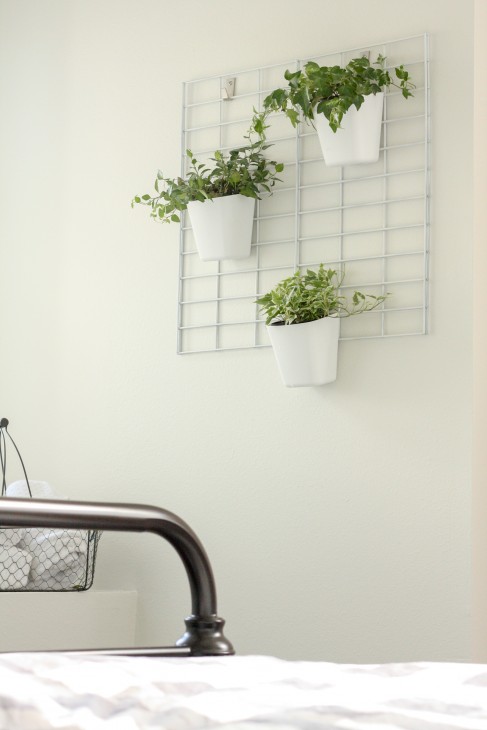

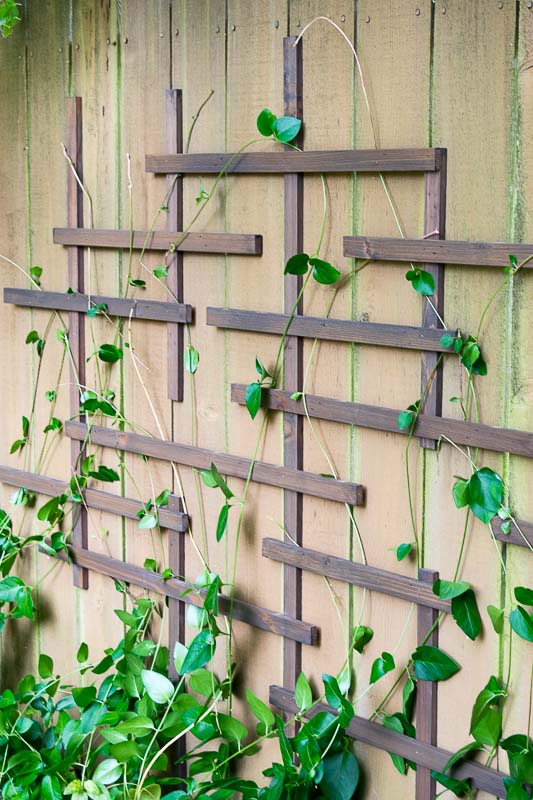
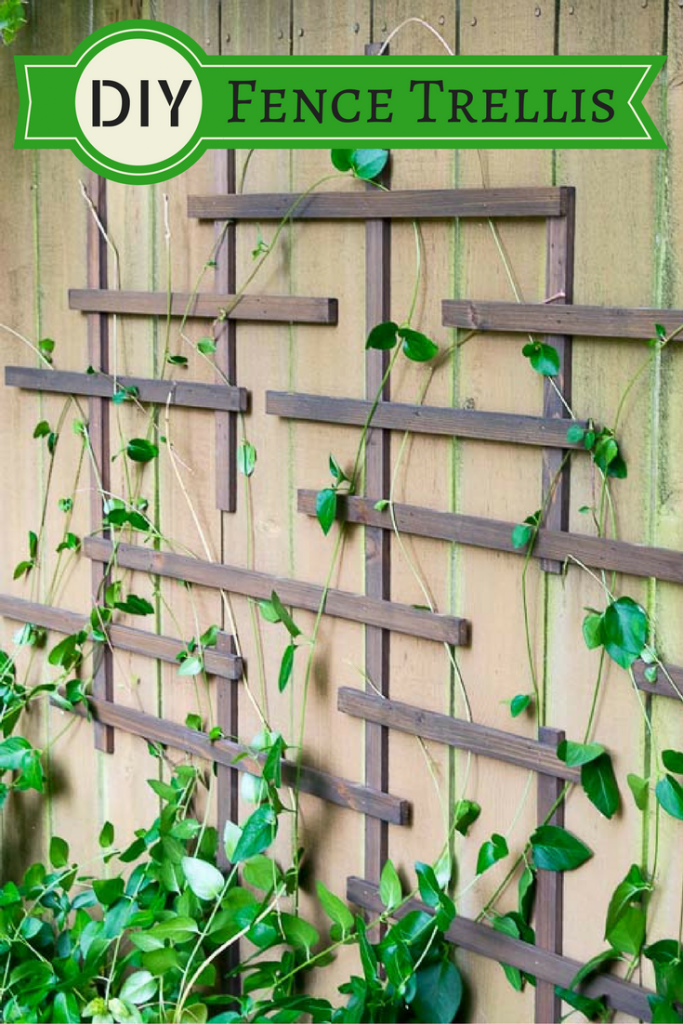 DIY Fence Trellis
DIY Fence Trellis